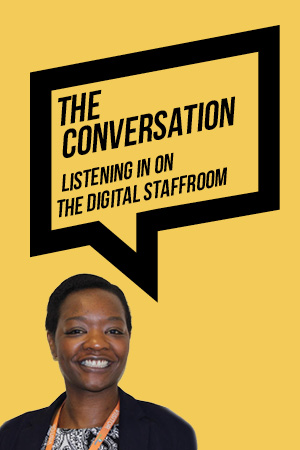Carol Dweck’s discovery that some students have a “growth mindset”, the belief that intelligence or ability can be incrementally increased through effort and practice, has led to a degree of excitement within education. It holds the promise that our kids can do better both in and after school. The Growth Mindset Pocketbook seeks to summarise the research and give teachers a range of strategies that they can use to promote such a mindset with their students.
The book starts with a brief review of how students’ beliefs about their ability to learn affect their motivation in school. The authors make the case that children with a fixed mindset are likely to be motivated to look “clever”, seeking “quick wins” and avoiding tough challenges. On the other hand, children who have a growth mindset see setbacks as opportunities and are likely to try harder in the face of difficulties.
The pocketbook also usefully summarises some of the research showing that praise (especially person praise such as “You’re so clever!”) and rewards sometimes reinforce the wrong beliefs and behaviours. It also makes the valuable point that over-reliance on such “extrinsic” motivators can sometimes reduce children’s “intrinsic” motivation to learn.
These sections serve as a fair introduction to the psychology of motivation, though it is not entirely unproblematic. For instance, the authors propose that teachers can measure mindset using a three item self-report measure, rather ignoring the fact that children “wise up” to these questionnaires quite quickly (especially if lots of teachers use them) and can give socially desirable answers that may not reflect their true attitudes to learning.
I also didn’t like the pages relating to neuroplasticity (the fact that repeated behaviour and thinking processes act to subtly change neural pathways in the brain). They talk about learning as “laying down insulation” (referring to the myelination of nerves) increasing “electrical signal strength” and “brainpower”. They return to the neuroscience later in the book suggesting that learning causes a “wild revelry” of nerve activity (apparently, there’s a saying: “Neurons that fire together, wire together”). I recognise that the book is simplified for teachers with no biology background, but I found myself wincing at the strained metaphors. However, I guess they are no worse than the popular (and dreadful) “the brain is like a muscle” analogy that typically gets thrown into growth mindset presentations.
Most of the book looks at ways that teachers can challenge fixed mindsets and encourage the adoption of a growth mindset. This is an unenviable problem for the authors. Whilst the psychology of motivation is well-evidenced, there’s a great deal less robust evidence regarding successful ways of changing children’s attributions.
There’s some evidence to suggest that where growth mindset interventions work, it’s because they are subtle and brief. David Yeager at Stanford, for example, suggests that whilst “stealthy” interventions appear to work in shifting children’s mindsets, heavy-handed approaches run the danger of appearing like manipulation or conveying that the teacher feels the child is in need of help. Thus, I was dismayed by some of the suggested ways in which teachers could apply the growth mindset to their lessons. The worst involved dividing the class into three to roleplay a mock TV show called “Changing the Lives of Fixed Mindsets”. Other suggestions, such as “Mindset bingo!”, “Mindset Heroes” or creating a “Mindset wall”, displayed a similar level of subtlety.
Some of the suggestions about avoiding praise and structuring feedback were worthy, especially for inexperienced teachers. However, much of the advice felt like recycled Assessment for Learning strategies (it even suggested using traffic light cards).
How do we change mindsets? It appears through collaborative learning, peer and self-assessment, developing learning dispositions and a variety of strategies aimed at fostering meta-cognition. Though the key question of whether any of these suggestions actually leads to long-lasting changes in children’s attributions was, in my mind at least, poorly answered.













If you can’t explain it to your grandmother you don’t understand it. (Einstein) Seems to me there is a lot of education that is more metaphor, smoke and mirrors than explaining to grandma how it works. I don’t think we need all these new labels on old concepts. It’s pretty obvious to most teachers that attitudes that provide focus and drive to seek out and do difficult things make for more successful learning. Motivating such attitudes in most children (but not all) is difficult and as variable as the individual pupils. And like the children the adults look for easy ways to do it, the magic bullet that does not exist. In principle, teaching is simple. Decide what they need to know and teach it to them, test it and repeat. The practice of keeping children focused and motivated to learn what is specified is the real challenge and I can’t see how a new set of buzz words will really make that much difference. After all, it’s not as if this hasn’t all happened over and over and how much impact has any of these things really had?
Growth Mindset = another easy buzz-concept for senior managers to bandy about = hot skills = multiple intelligences, etc. etc. Not that any of these ideas is without merit (they all are, to some extent), but as always bandwagons are created and leapt on when a more subtle and nuanced approach is needed. This is a good, dispassionate review, and reminds us that, as educators, we need to tread carefully around the minefield of pseudo-science …